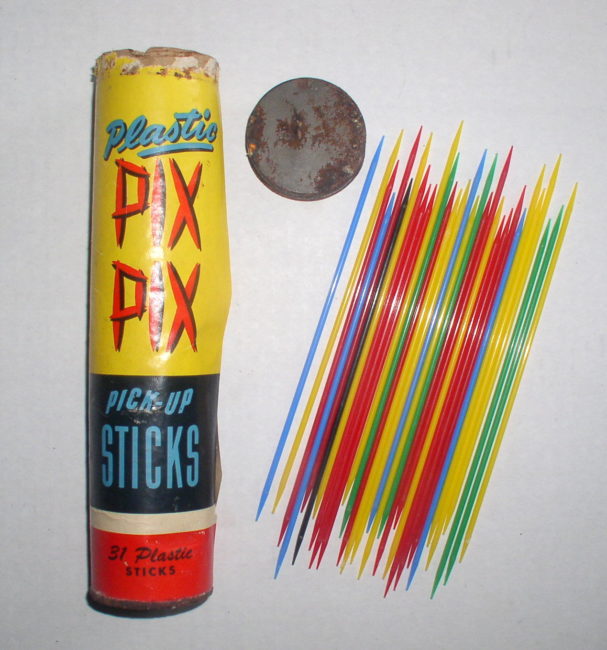
PICK STIX SOFTWARE
Represents a type of TTP and describes any systems, software services and any associated physical or virtual resources intended to support some purpose (e.g., C2 servers used as part of an attack, device or server that are part of defence, database servers targeted by an attack, etc.).Ī grouped set of adversarial behaviors and resources with common properties that is believed to be orchestrated by a single organization.Ī type of TTP that represents malicious code. STIX 2.1 defines 18 STIX Domain Objects (SDOs): ObjectĪ type of TTP that describe ways that adversaries attempt to compromise targets.Ī grouping of adversarial behaviors that describes a set of malicious activities or attacks (sometimes called waves) that occur over a period of time against a specific set of targets.Ī recommendation from a producer of intelligence to a consumer on the actions that they might take in response to that intelligence.Įxplicitly asserts that the referenced STIX Objects have a shared context, unlike a STIX Bundle (which explicitly conveys no context).Īctual individuals, organizations, or groups (e.g., ACME, Inc.) as well as classes of individuals, organizations, systems or groups (e.g., the finance sector).Ĭontains a pattern that can be used to detect suspicious or malicious cyber activity. More detail and visual representations can be found here. Below is a list of what can be represented through STIX. Chaining multiple objects together through relationships allow for easy or complex representations of CTI. STIX Objects categorize each piece of information with specific attributes to be populated.


PICK STIX WINDOWS
Renamed conflicting properties on Directory Object, File Object, Process Object, and Windows Registry Key Object.STIX Cyber-observable Objects can now be directly related using STIX Relationship Objects.

Objects that have undergone significant change: Malware, all SCOs.New objects: Grouping, Infrastructure, Language-Content (internationalization), Location, Malware-Analysis, Note, Opinion.STIX 2.1 differs from STIX 2.0 in the following ways:


 0 kommentar(er)
0 kommentar(er)
